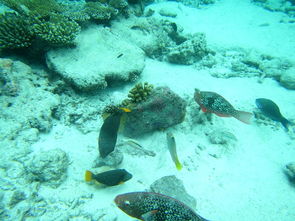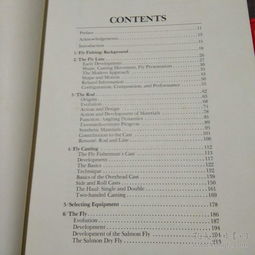Introduction: Fishing along the riverbank offers a serene and rewarding experience for anglers of all levels. However, mastering the art of bank fishing requires a blend of skill, patience, and knowledge. In this article, we delve into the intricacies of writing effective fishing tips and techniques specifically tailored for those who love to cast their lines from the riverbank. From choosing the right equipment to understanding the behavior of fish in different water conditions, we provide a comprehensive guide to help you craft the perfect fishing tip文案.
Understand Your Audience: Before you start writing, it's crucial to understand your target audience. Are they beginners or experienced anglers? Do they prefer freshwater or saltwater fishing? Tailoring your content to their level of expertise and interests will make your tips more relatable and useful.
Choose the Right Location: The first tip in your文案 should always be about selecting the perfect spot for bank fishing. Highlight the key factors to consider, such as the flow of the river, the type of fish that inhabit the area, and the best times of the day to fish. For example:
"Find a calm, shallow area near the riverbank where the current is gentle. These spots are often favored by species like trout and bass, making them ideal for beginners and seasoned anglers alike."
Equipment Selection: Discuss the essential equipment for bank fishing, emphasizing the importance of choosing the right rod, reel, line, and lures. Provide recommendations based on the type of fish you're targeting. Here's a snippet to include in your文案:
"For a versatile setup, opt for a medium-action rod with a spinning reel. Use 4-6 lb test line for finesse presentations or 8-12 lb test for heavier fish. When it comes to lures, consider using natural baits like worms or crickets for panfish, or soft plastics and spinnerbaits for bass and catfish."
Techniques for Different Conditions: Explain various fishing techniques suitable for different water conditions, such as high water, low water, or changing weather. Offer step-by-step instructions and tips to help anglers adapt their approach. For instance:

"In high water, fish may be pushed into the shallows. Use a lighter line and smaller lures to avoid spooking them. For low water, focus on deeper pools and eddies where fish can find refuge. In windy conditions, position yourself into the wind to reduce line resistance and keep your lure in the strike zone."
Patience and Presentation: One of the most critical aspects of bank fishing is mastering the art of patience and presentation. Emphasize the importance of slow and deliberate movements when casting and retrieving. Share tips on how to read the water and anticipate fish behavior:
"Patience is key in bank fishing. Take your time to observe the water's surface for any signs of fish activity. When casting, allow your lure to sink naturally before starting your retrieve. Experiment with different retrieves, from slow and steady to erratic and twitchy, to mimic the natural movement of prey."
Safety First: Always include safety tips in your fishing tips and techniques. Remind readers about the importance of wearing appropriate attire, checking the weather forecast, and being aware of their surroundings. Here's an example:
"Always wear non-slip shoes and a hat with a brim to protect your face from the sun. Be mindful of your surroundings, especially when near cliffs or steep banks. Carry a first aid kit, whistle, and a fully charged phone in case of emergencies."
Conservation and Ethics: Conclude your fishing tips with a focus on conservation and ethical fishing practices. Encourage readers to release fish that are not of legal size or not the intended species, and to practice catch-and-release whenever possible. Highlight the importance of preserving our natural resources for future generations.
Conclusion: Writing effective fishing tips and techniques for bank fishing involves understanding your audience, selecting the right location and equipment, adapting to different water conditions, and emphasizing patience and safety. By following these guidelines, you can create compelling and informative content that will help anglers of all levels improve their skills and enjoy their time on the riverbank. Happy fishing!












